
At this year’s Apple autumn new product launch conference, the iPhone 15 series made a grand debut. After being bombarded with design, performance, and images, it left a lot of suspense for “Apple fans”.
This time, Apple did not mention the screen upgrade of iPhone 15 Pro/Max.
However, Apple did not bring any display improvement to this generation of "Pro" series, but only brought the basic version to a level similar to that of "Pro". Although this is a bit regretful, it also makes people look forward to the screen upgrade on the iPhone 16 series.
Korean media The Elec reported today that Samsung is developing a new display material for the iPhone 16 series, model number "M14". Thanks to the addition of new technology, the "M14" substrate can enable the iPhone 16 series to obtain higher brightness while reducing the power consumption of the screen.
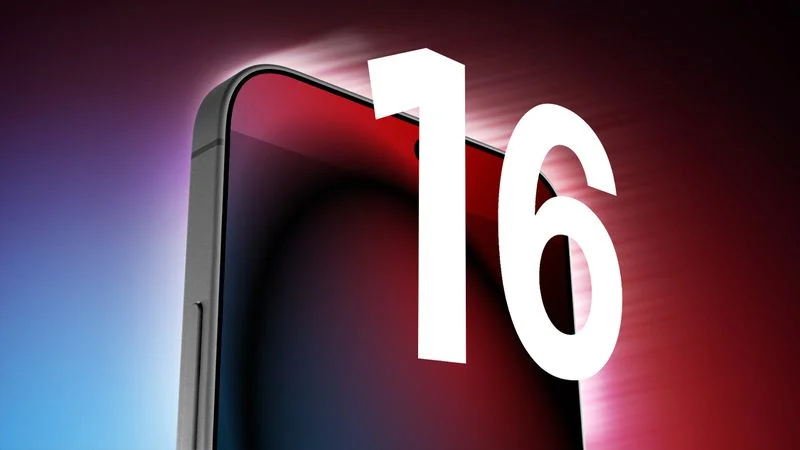
(Source: MacRumors)
In addition, the iPhone 16 series The display size has also been adjusted: iPhone 16/Pro will be upgraded to 6.3 inches, and iPhone 16 Plus/Max will increase to 6.9 inches. With more advanced display substrates and larger panel sizes, is Apple really going to "squeeze out the toothpaste" this time?
In 2017, Apple released The 10th anniversary iPhone, iPhone
In the future, OLED display substrates will appear on every generation of flagship iPhones, and the brightness, contrast and color depth will also be gradually upgraded. It is no exaggeration to say that the display effect of iPhone is definitely the best in the first echelon in today's smartphone market.
#The success of the iPhone is also inseparable from the contribution of Samsung Display.
The top OLED display substrate provided by Samsung is named "M". This series is different from the commercially available "E" series and is exclusive to Samsung mobile phones. , Apple and very few brands use it. All iPhone 15 series launched this year are equipped with "M12" display substrate, which is also Samsung's top display panel model currently in mass production.
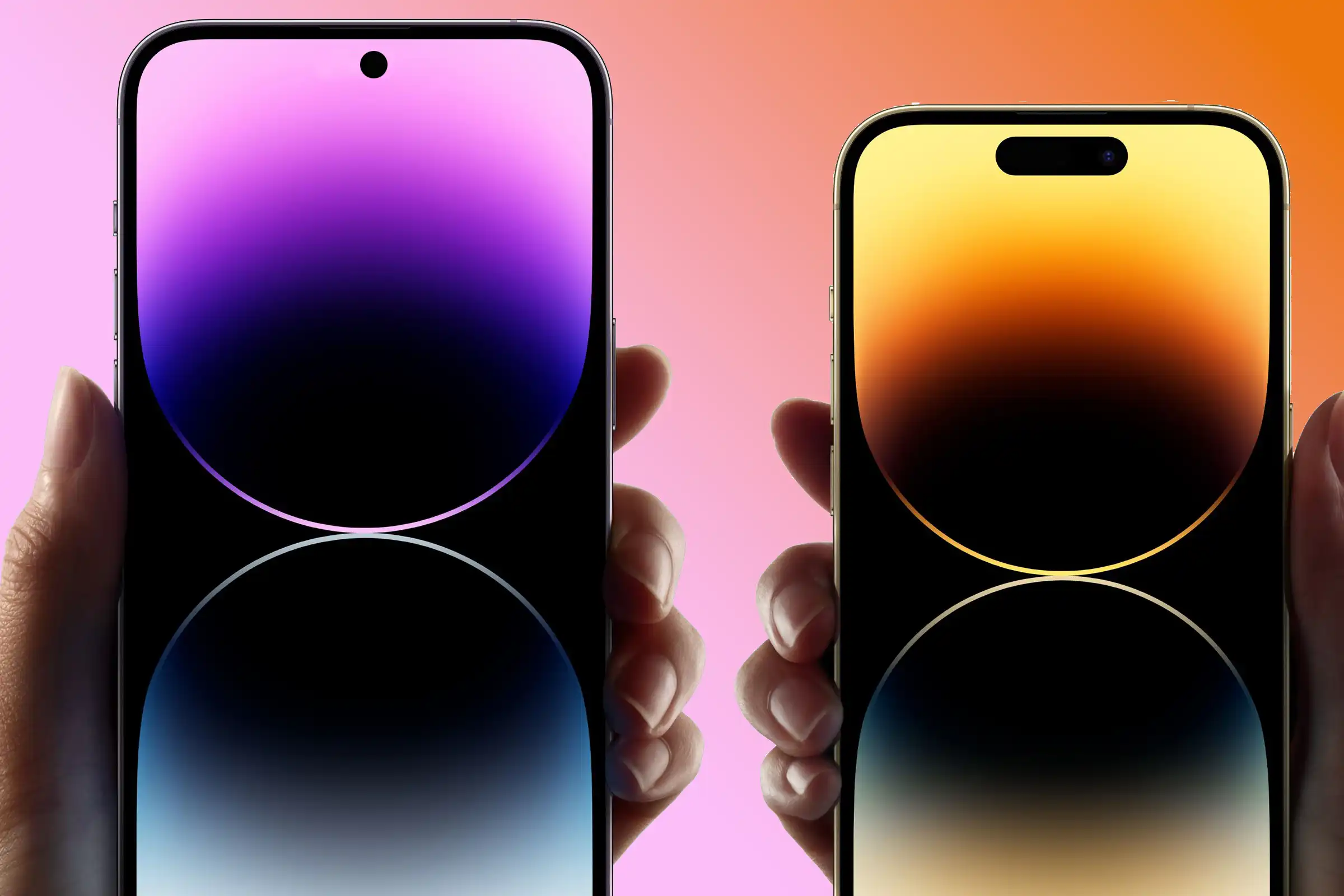
(Photo source: 9to5Mac)
The iPhone 15 series has 2,000,000 :1 The contrast ratio and peak brightness reach 2000 nits, and it also supports HDR content display. With the excellent color management of iOS, the display effect is quite amazing. However, Apple has never equipped the iPhone with eye-protection dimming, nor does it support special functions such as wet-hand touch. Compared with today's Android flagships, the functionality is still slightly behind.
The "M14" substrate designed by Samsung for the next generation iPhone will use blue phosphorescent materials for the first time to increase display brightness and reduce screen power consumption. For comparison, the "M12" base OLED panel requires three layers of blue fluorescent material and one layer of green phosphorescent material. If the former can be replaced by phosphorescent material, then it only needs to be reduced to two layers or less. This also means that new models using "M14" base material will greatly reduce the risk of color cast.
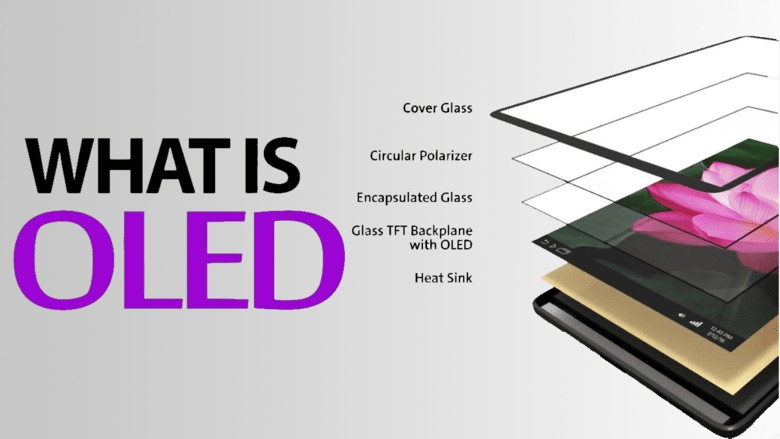
(Photo source: How to Electric)
Of course, " M14" uses blue phosphorescent material as the base material, mainly to improve the luminous efficiency and reduce the power consumption of the screen. Based on earlier breaking information, all four models of the iPhone 16 series will increase the display size, and only by reducing screen power consumption can the increase in power consumption caused by the increase in display area be offset.
It is not difficult to see that the iPhone 16 series uses new base materials mainly to save power consumption. As for whether there will be any improvements in performance such as brightness and contrast, Bigger improvements will still have to wait until release. But having said that, although the iPhone's display effect is still in the first echelon, it has begun to lag behind the Android camp in many aspects. It may be difficult to rely on the "energy saving" feature alone in the increasingly "volume" smartphone market. Stay ahead of the curve.
With the gradual rise of Chinese display semiconductor manufacturers, Samsung seems to have fallen out of favor.
Not long ago, two flagship models of Xiaomi 14 series and iQOO 12 series equipped with Qualcomm Snapdragon 8 Gen3 were released. Surprisingly, only iQOO 12 Pro chose Samsung’s E7 luminescent substrate, and the other three models all used panel manufacturers from China.
Judging from the paper parameters, Xiaomi Mi 14 Pro is equipped with BOE C8 luminescent material, 2K resolution, supports 3000 nits local peak brightness, and also has 12Bit color depth and 1920Hz PWM dimming. In terms of brightness, performance and eye protection, there is no gap with the Samsung E7 on iQOO 12 Pro.
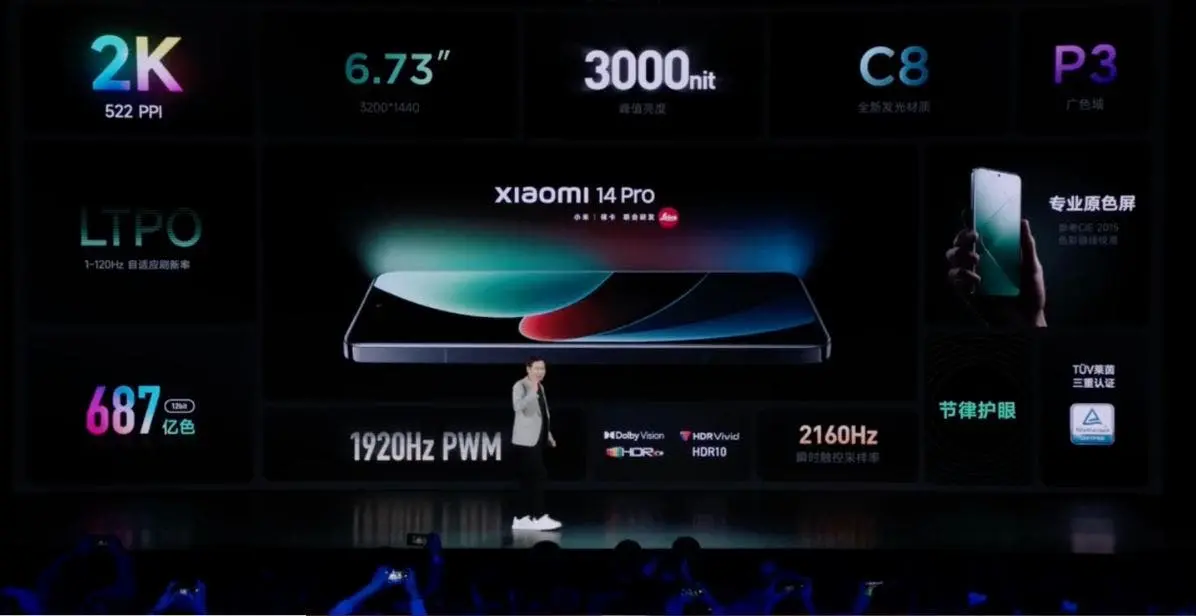
(Photo source: Xiaomi)
Not long ago, OnePlus announced that it would join forces with BOE to create a new "Oriental Screen" display panel , will be launched on OnePlus 12. According to official news, this "Oriental Screen" has reached the top level in the industry in terms of color accuracy, transparency, and display comfort, and the panel is also the first 2K screen in China to obtain DisplayMate A certification. In addition, the peak brightness of "Oriental Screen" will also exceed 2,600 nits, but specific information has not been disclosed.
As a result, the display performance of the iPhone 16 series is indeed under great pressure.
But the iPhone is not without its advantages. Its biggest “ace” is still color management and HDR.
As we all know, the color management performance of iOS has always been very good. This is mainly because Apple has joined the ICC International Color Alliance since the 1990s, and many color standards have been adopted by Apple. Participate in the formulation, and Apple has very strict requirements for developers, and apps must be designed in accordance with corresponding color standards. The result of this is that even though the iPhone 15 series has lagged behind the Android camp in terms of paper parameters, the visual appearance has not been far behind.

(Photo source: AppleInsider)
In addition, iOS has no support for HDR The content support is also better, such as video platforms such as Bilibili and iQiyi, and social platforms such as Xiaohongshu and Weibo, including its own gallery, which can also display rich HDR content. In this way, the high brightness and high contrast of OLED display substrates can be used. In the Android camp, the ProXDR functions provided by OPPO and OnePlus are also following similar logic and are trying to catch up.
It has to be said that in the past, the iPhone’s ability to perform well in the field of smartphones was largely due to the advantages of both software and hardware. However, with the development of domestic display Panel performance has soared, and many Android flagships are using better-performing display panels. Apple may have to work harder on the iPhone 16 series.
In addition to material changes, Samsung “M14” may also enable MLA technology at Apple’s request.
MLA technology is microlens array, which is a technology that reduces internal reflection by designing billions of evenly distributed microlenses inside the panel. The advantages of MLA are very obvious. It reduces power consumption, improves brightness, and at the same time reduces screen loss. This is undoubtedly a huge improvement for the iPhone 16 Pro series models with "all-weather display".
But MLA technology is not without its shortcomings. On the one hand, due to the built-in microlens, the viewing angle is likely to be narrowed, affecting the visual experience; on the other hand, MLA The manufacturing cost of technology increases, the yield rate is low, and the investment risk is quite high.
If this is the case, why does Apple want to add this technology? The answer is also very simple, for "all-weather display".
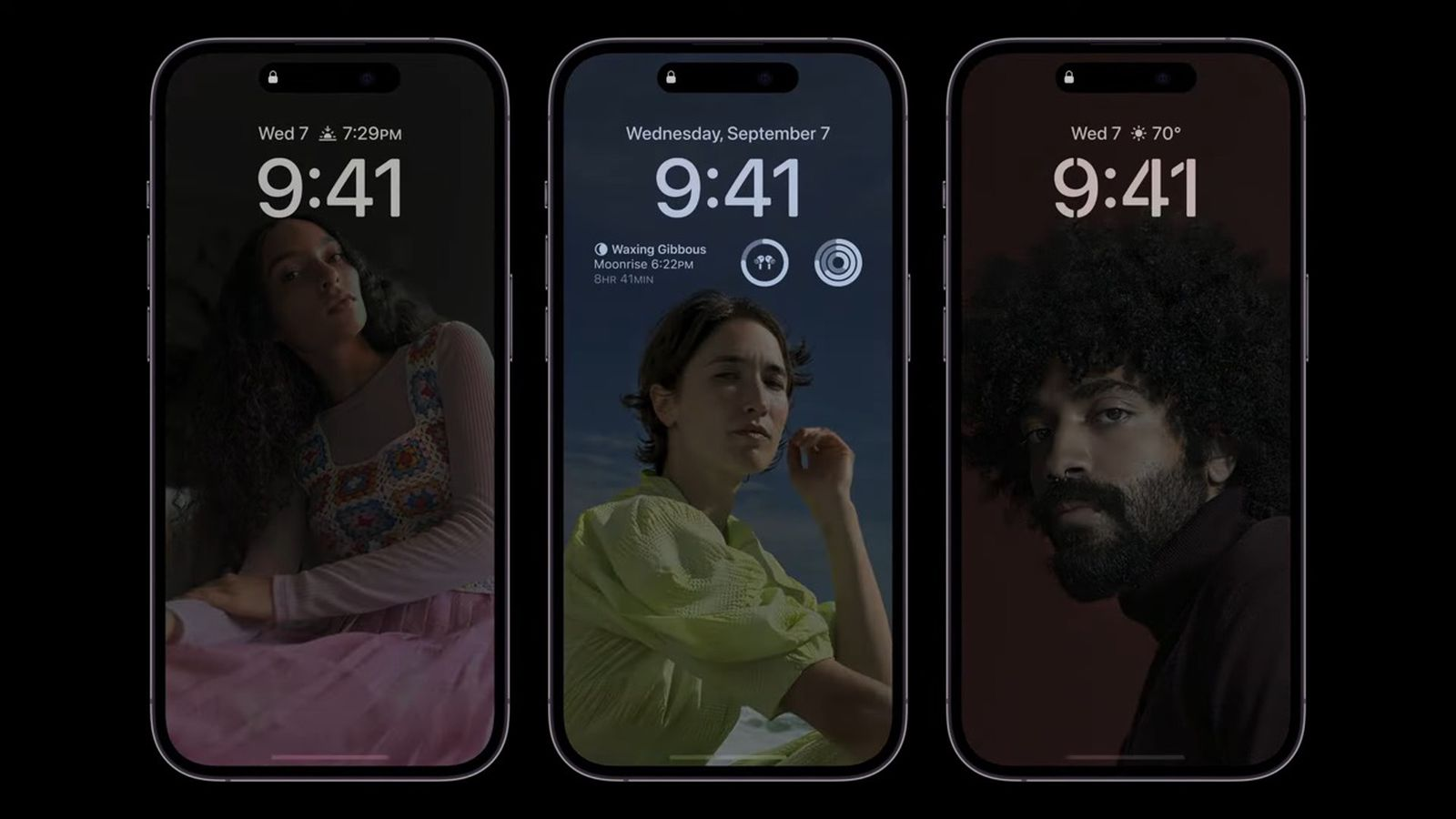
(Photo source: MacRumors)
On iPhone 14 Pro The "all-weather display" that debuted has been verified for more than a year, and there have been many feedbacks about "screen burn-in". MLA technology can greatly improve the service life of the panel and simply make this function more practical. It is a reasonable guess that all four models of the iPhone 16 series will have an "all-weather display" function to enhance the market appeal of the standard version.
But from a consumer perspective, the biggest problem with the standard iPhone is that it does not have a high refresh rate, not the display quality. Apple wants to use these "small favors" Attracting consumers to buy the standard iPhone 16 seems a bit awkward. The iPhone has never supported any measures such as anti-stroboscopic and blue light reduction, which causes far greater damage to eyesight than most Android flagship phones.
Currently, the iPhone 16 series is still in the preliminary design stage. In addition to the basically confirmed increase in display size, more leaked information is difficult to confirm. Faced with the sales of the iPhone 15 series, Apple may need to show enough sincerity in the next generation iPhone, but it is difficult to determine whether consumers will pay for it by focusing on improving the display effect.
#
The above is the detailed content of Apple urgently needs to reduce power consumption, so it chooses to install Samsung's energy-saving panel. For more information, please follow other related articles on the PHP Chinese website!




